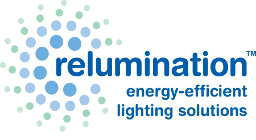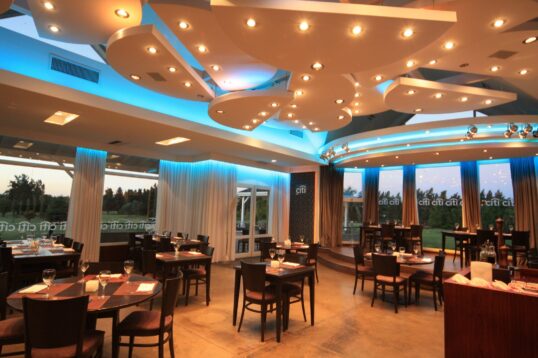The Energy Policy Act of 2005, known as EPACT, transformed America’s energy landscape through the use of loan guarantees, subsidies and tax incentives. Originally scheduled to sunset in 2013, the legislation has been extended, with modifications, through 2015 and looks likely to receive another extension for 2016 though no action has yet been taken by Congress.
EPACT tax deductions in Section 179d of the Internal Revenue Code provide significant tax savings for qualifying commercial buildings in three energy-efficient categories one of which is lighting. And these days installing energy-efficient, environmentally friendly lighting means installing LED’s.
Simply put, LED’s are greener than grass. Their incredibly long life means less replacement costs and less landfill waste. They use less energy, create no UV or Infrared emissions and contain no mercury.
The disincentive for using LED’s invariably centers around one factor — their high price. But that has far more impact on residential customers who have neither the area nor the usage to justify savings which, in their case, might well take decades to realize.
For commercial buildings, it’s a different story. The fact that businesses tend to use more LED’s over a greater area for a longer time each day serves to recoup their initial cost in far less time. Add Section 179d to the package with a potential tax write-off of 30 to 60 cents per square foot, and there’s no reason not to install or retrofit a building with LED’s.
Qualifying for a 179d can be somewhat onerous. The IRS mandates that an independent third party perform an on-site visit and prepare a tax report to certify the deduction. Beyond that, your company’s tax professional needs to be well versed in the provisions of the code.





